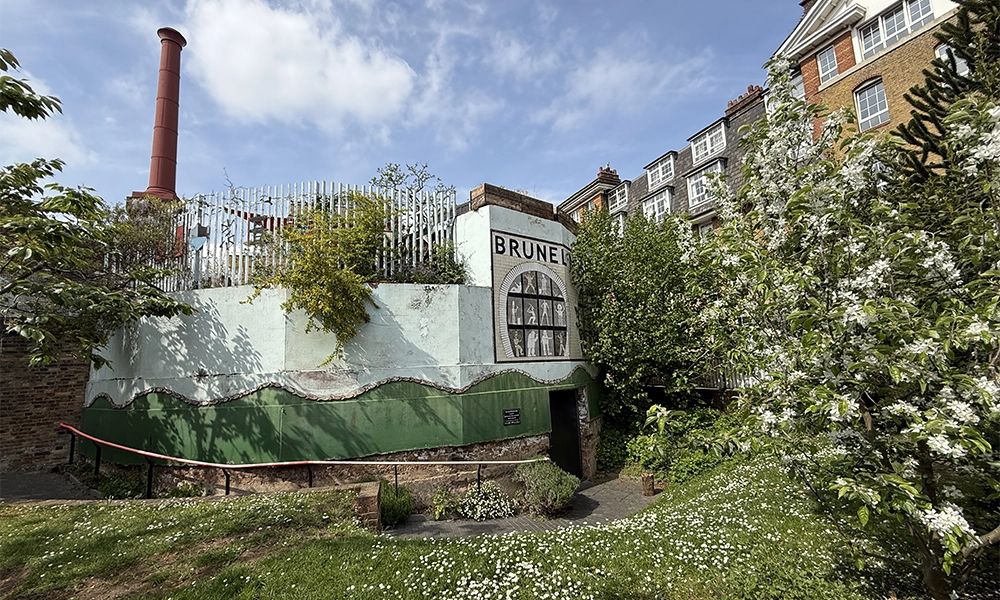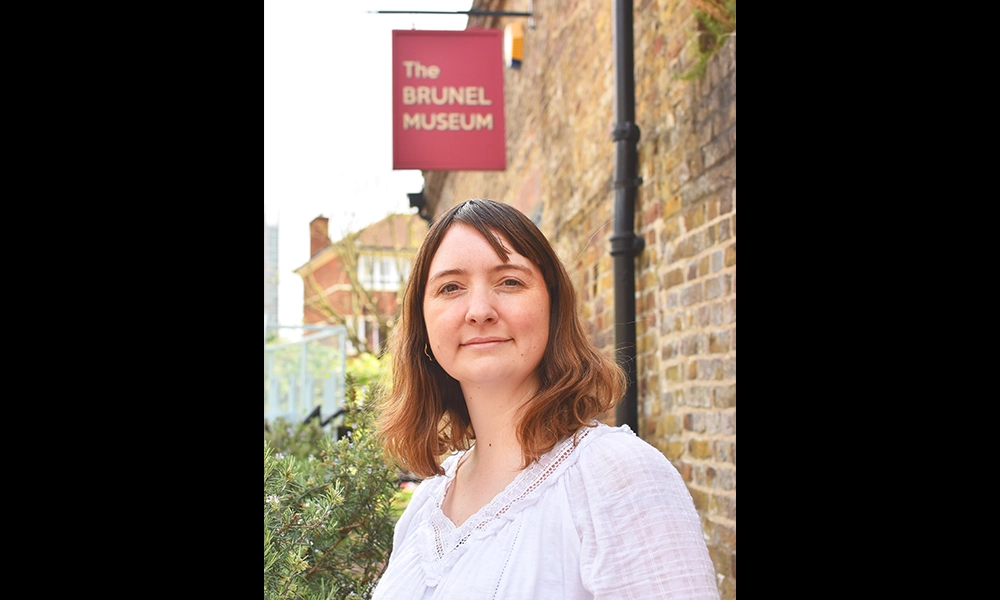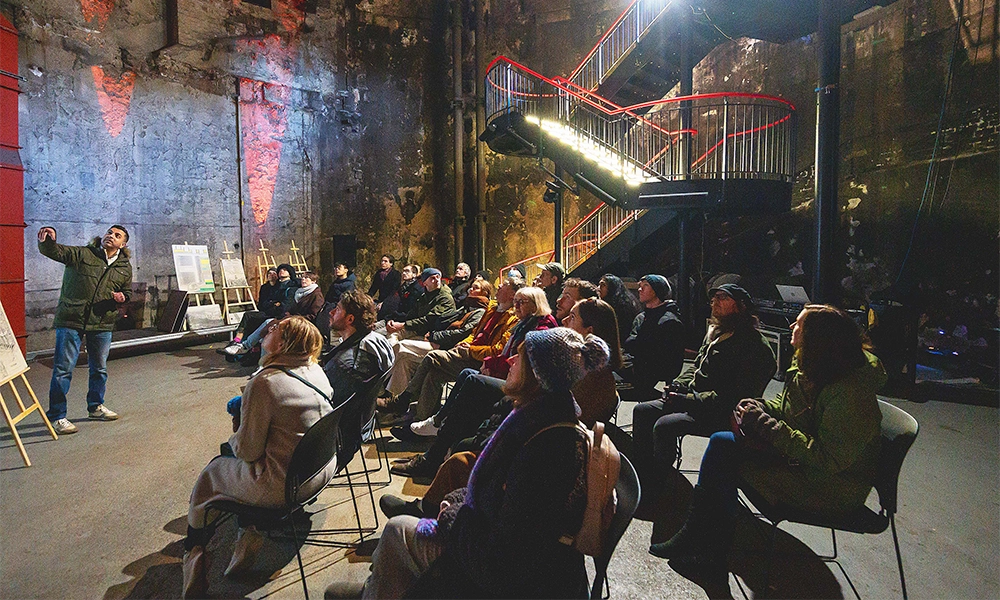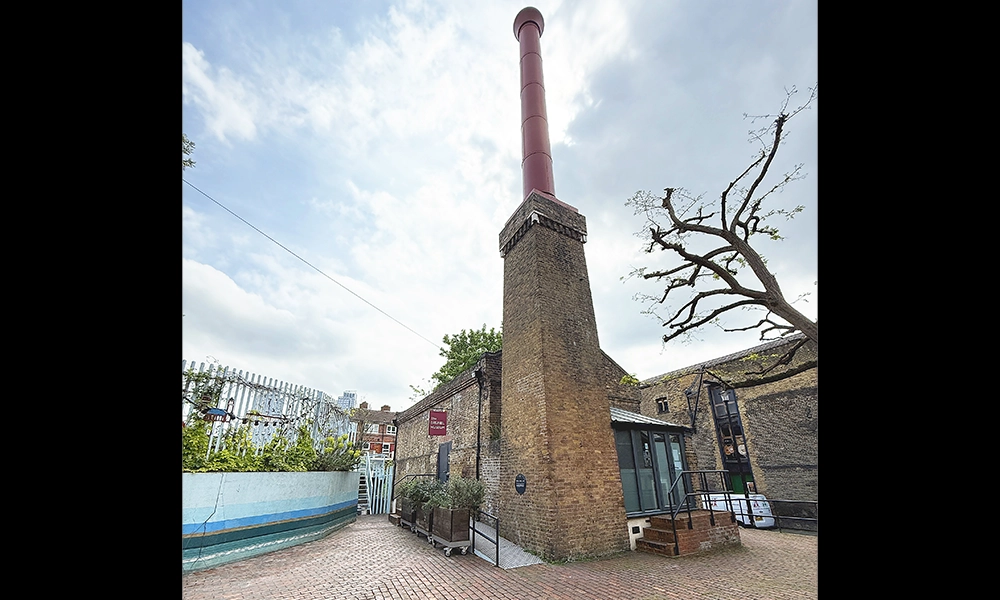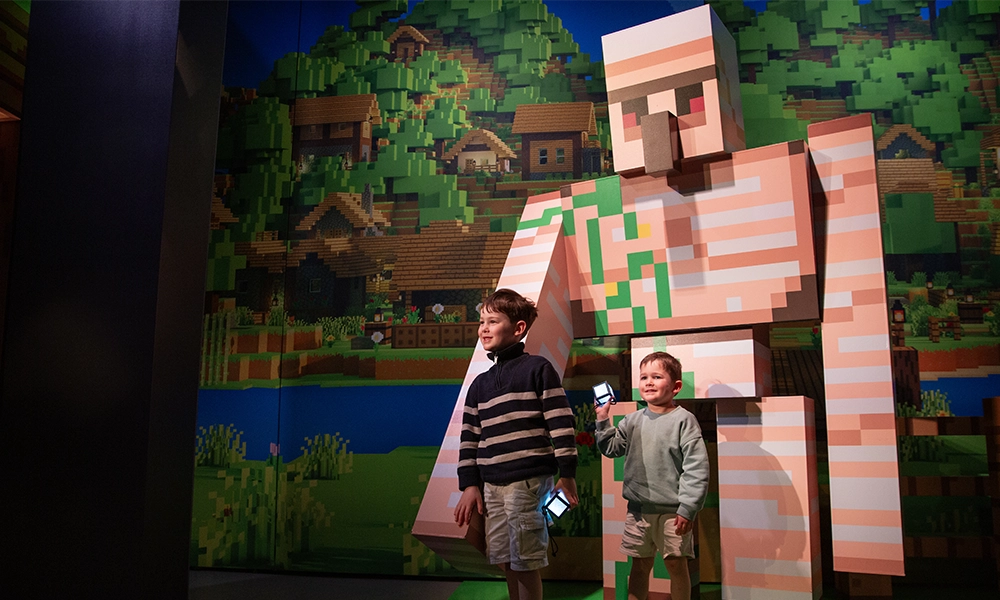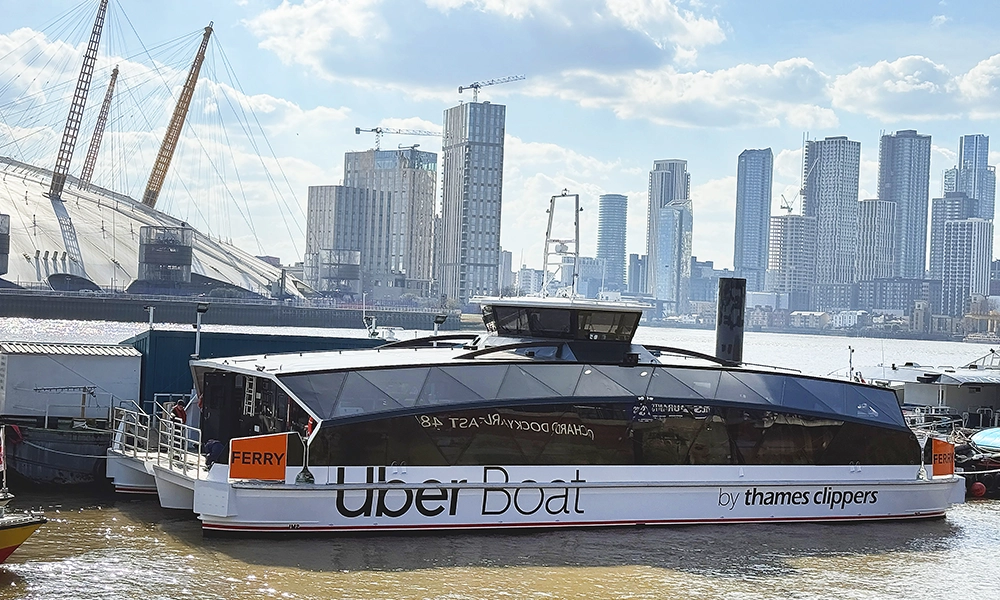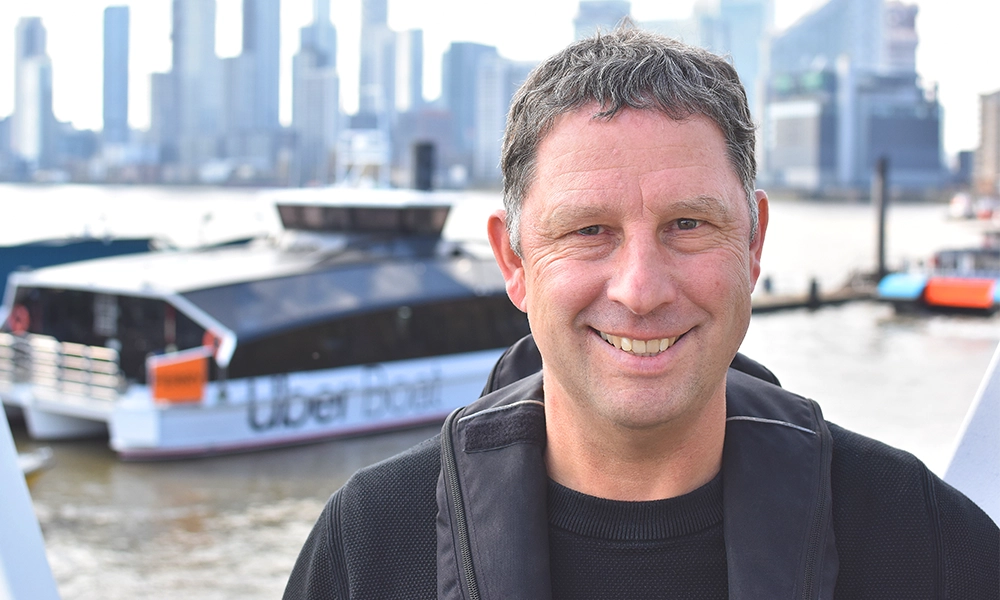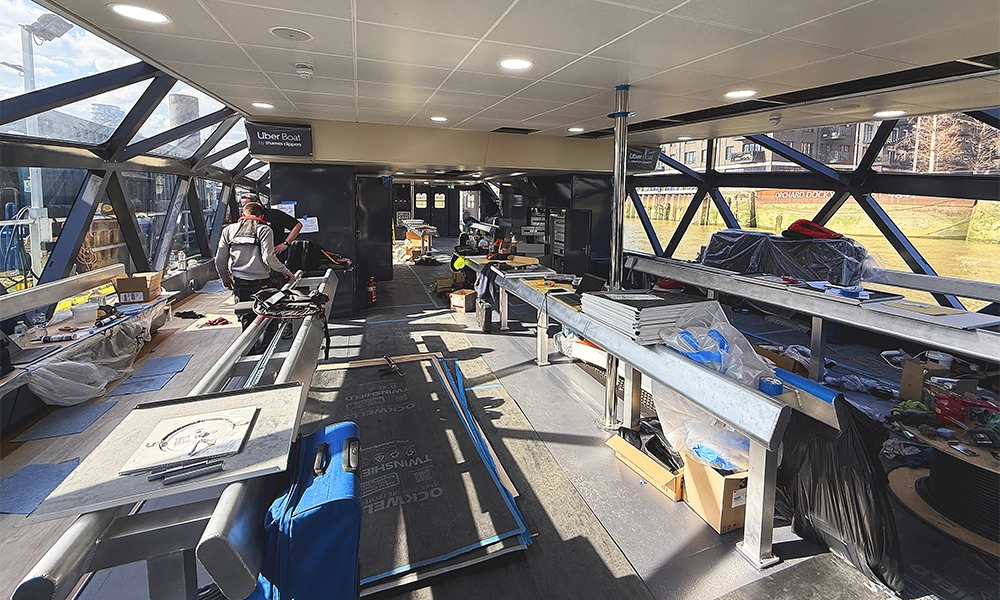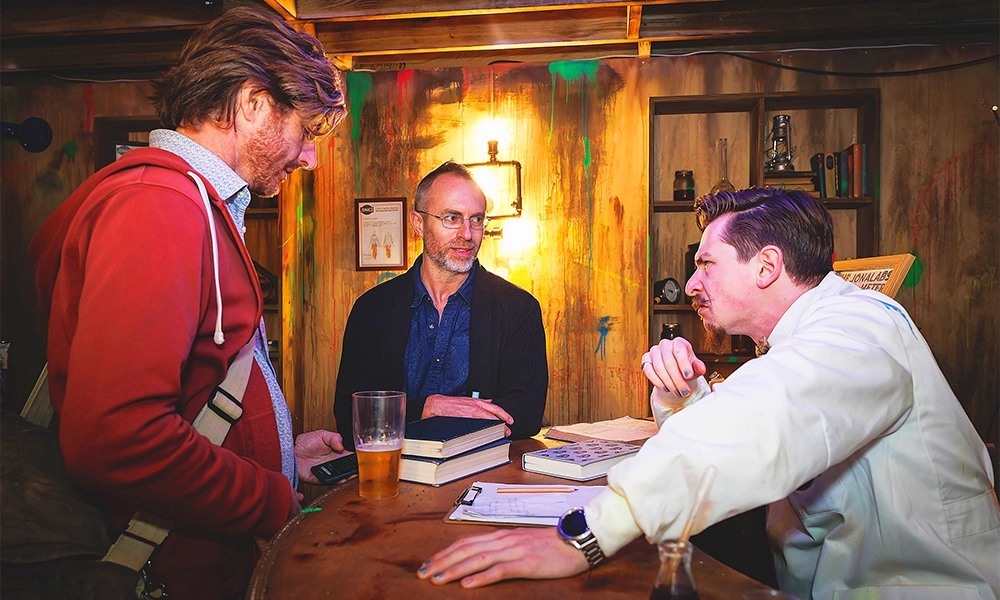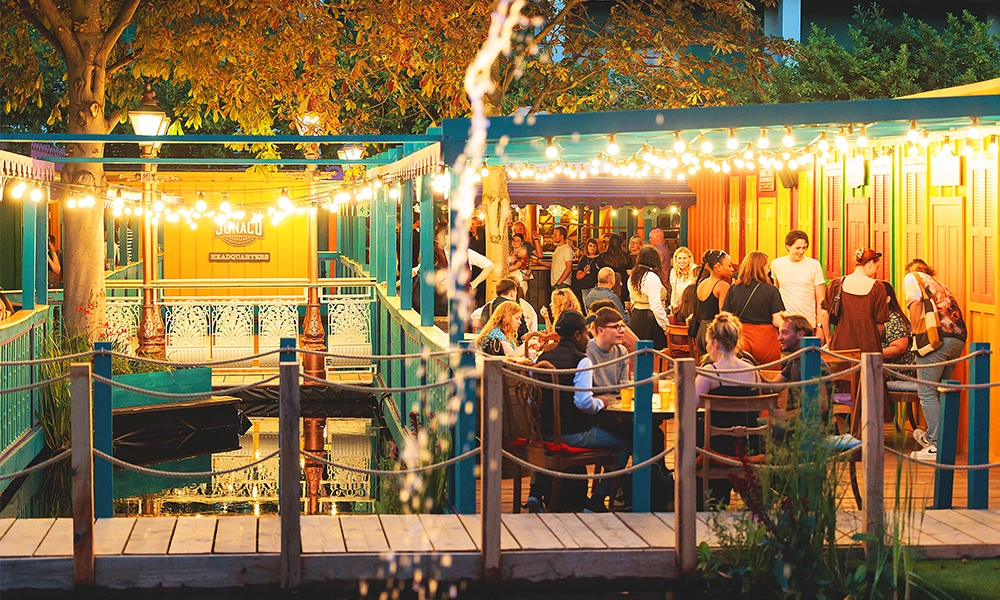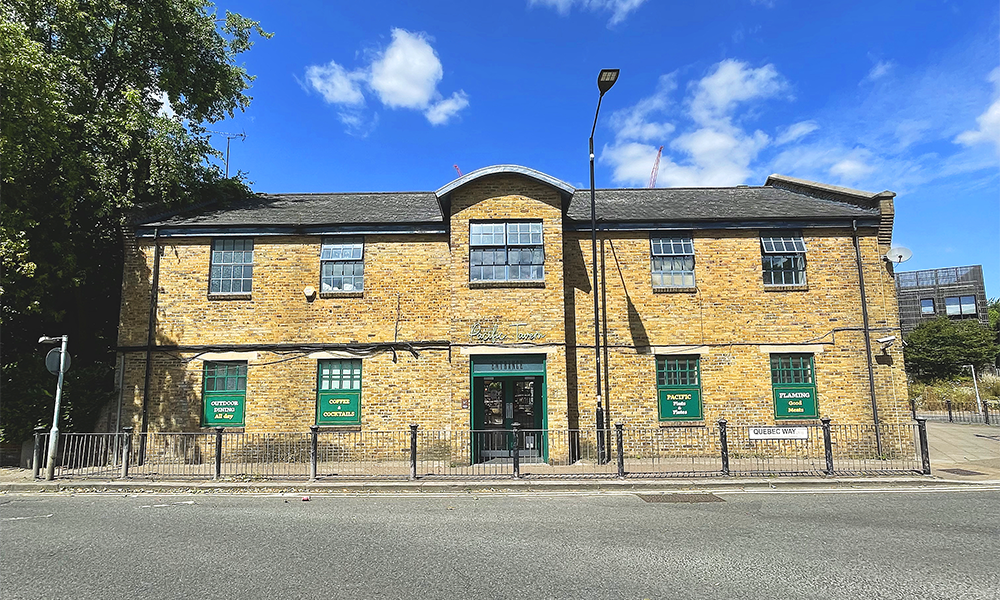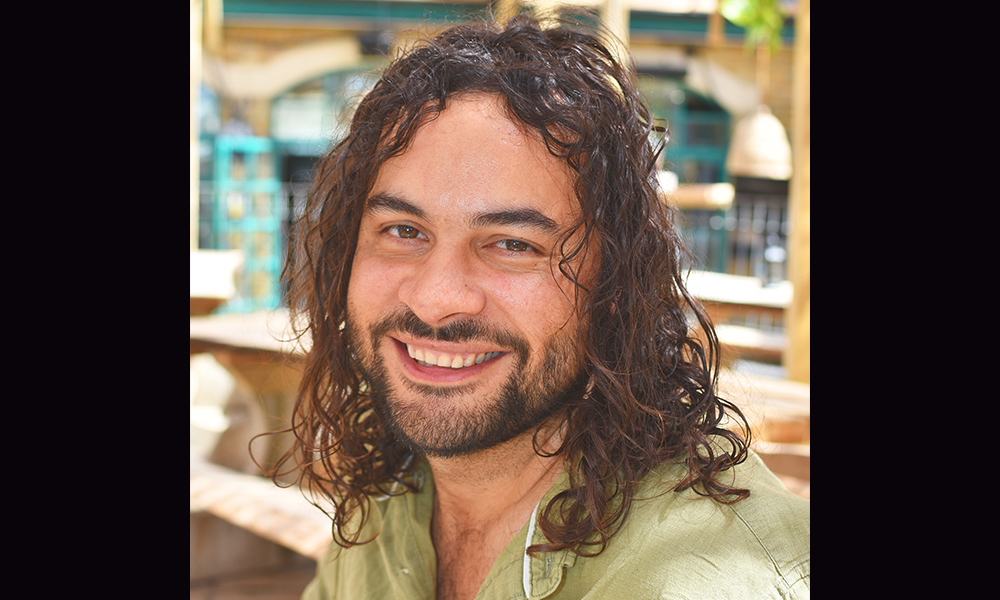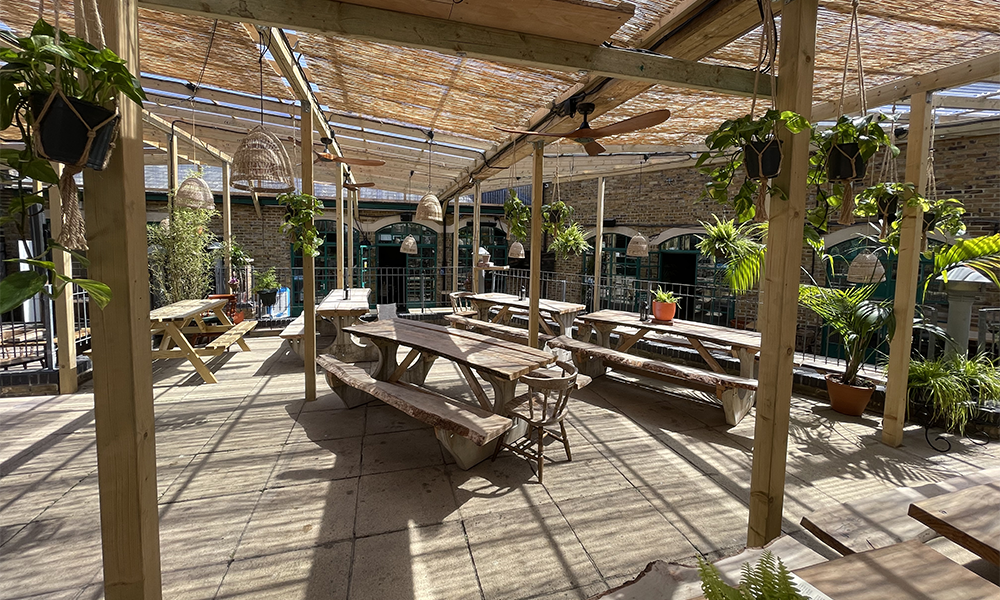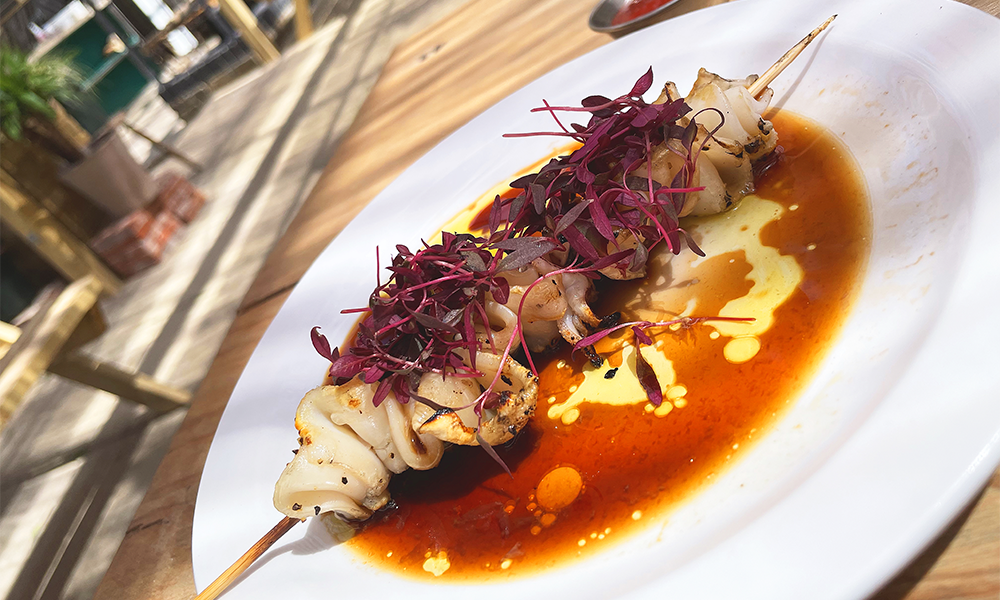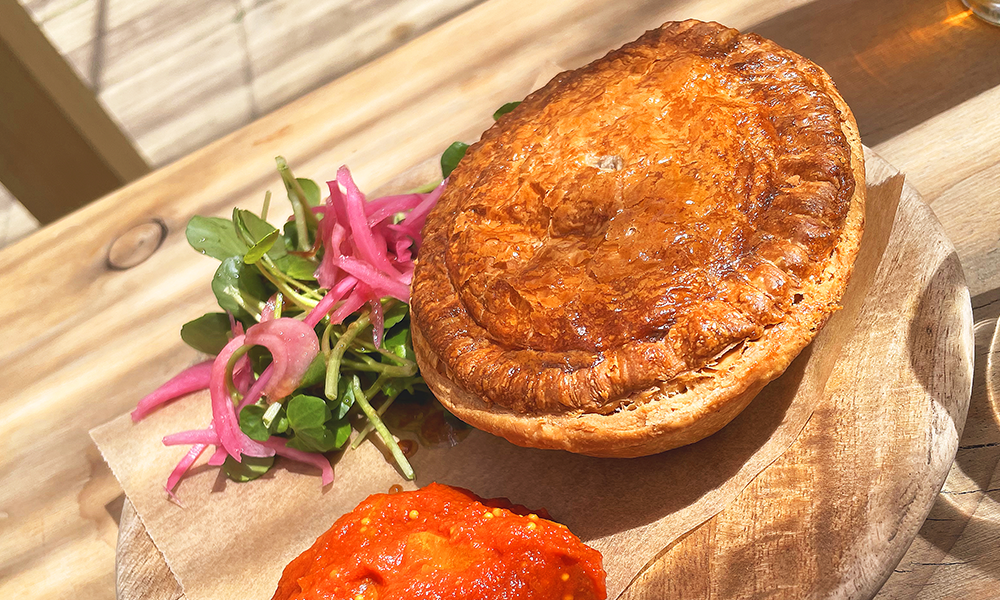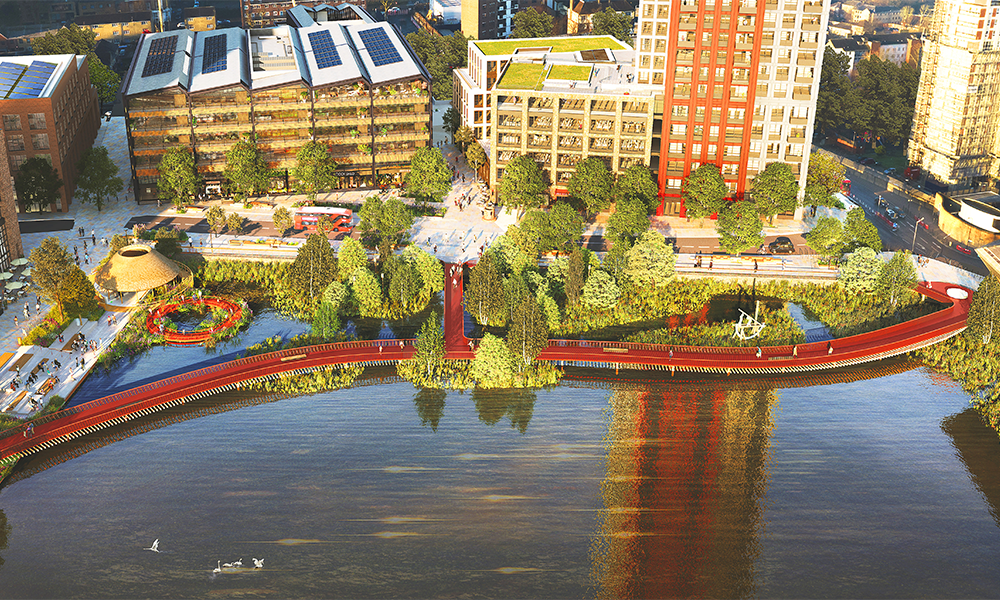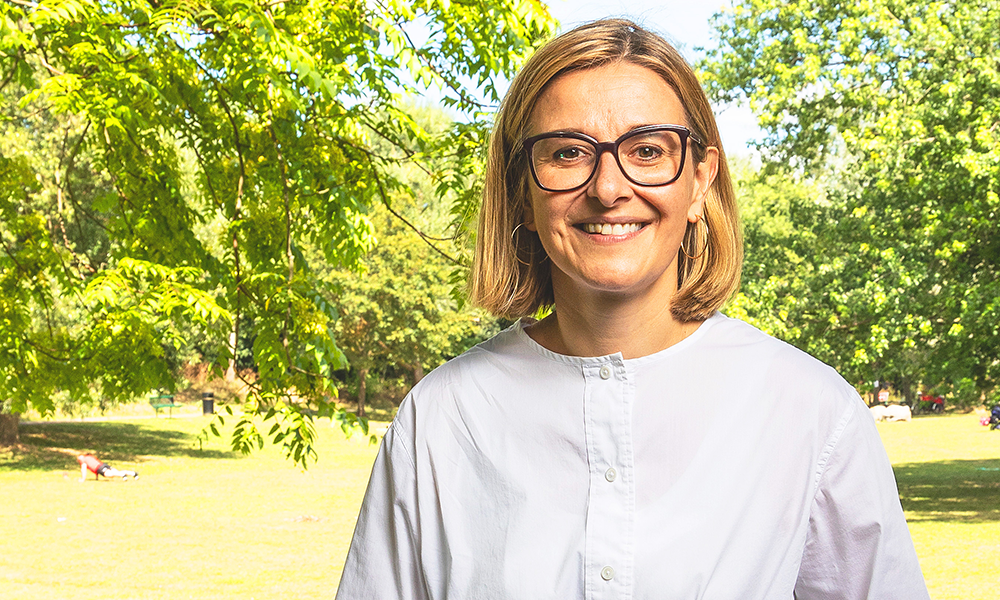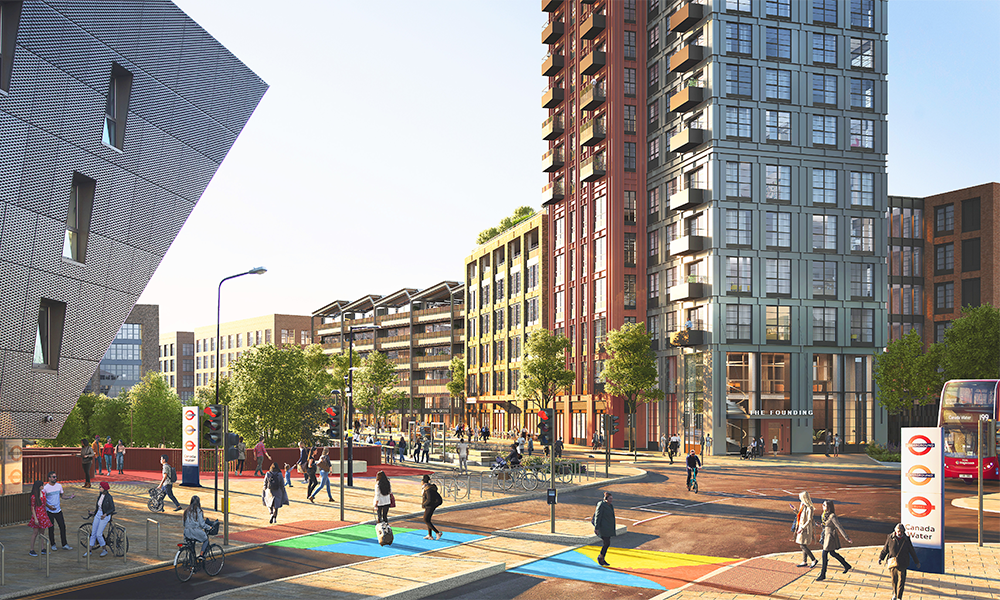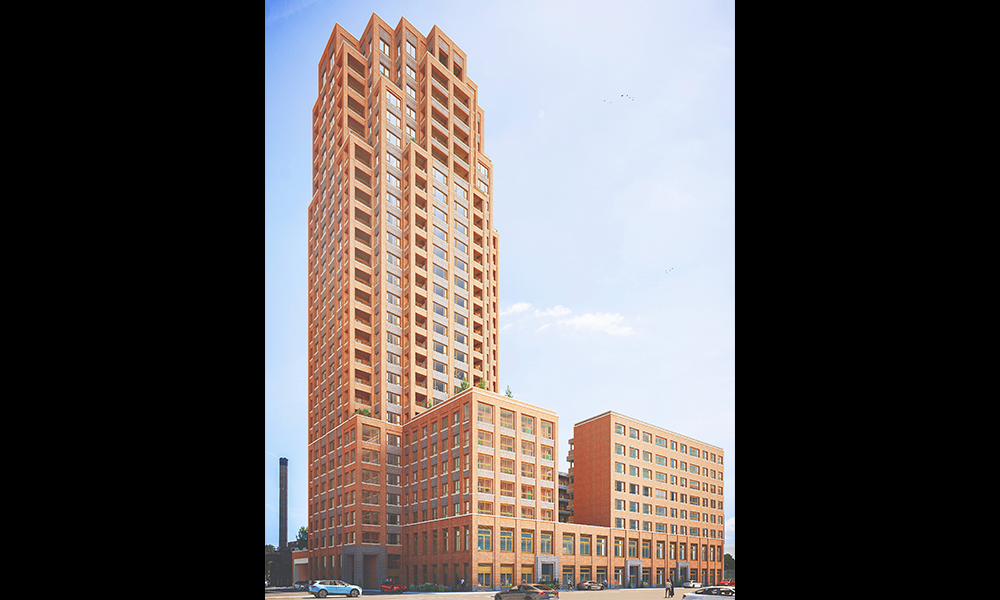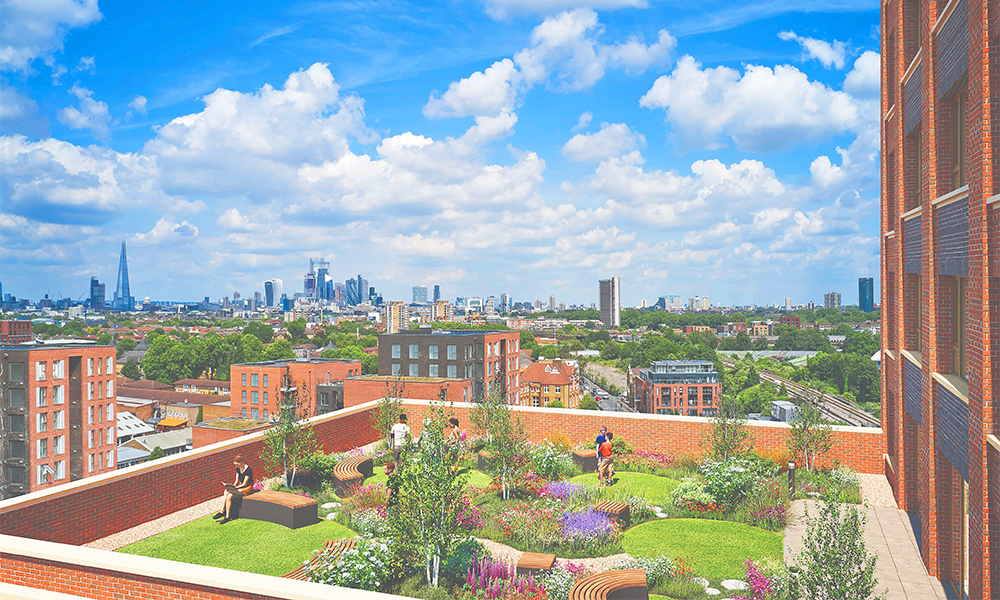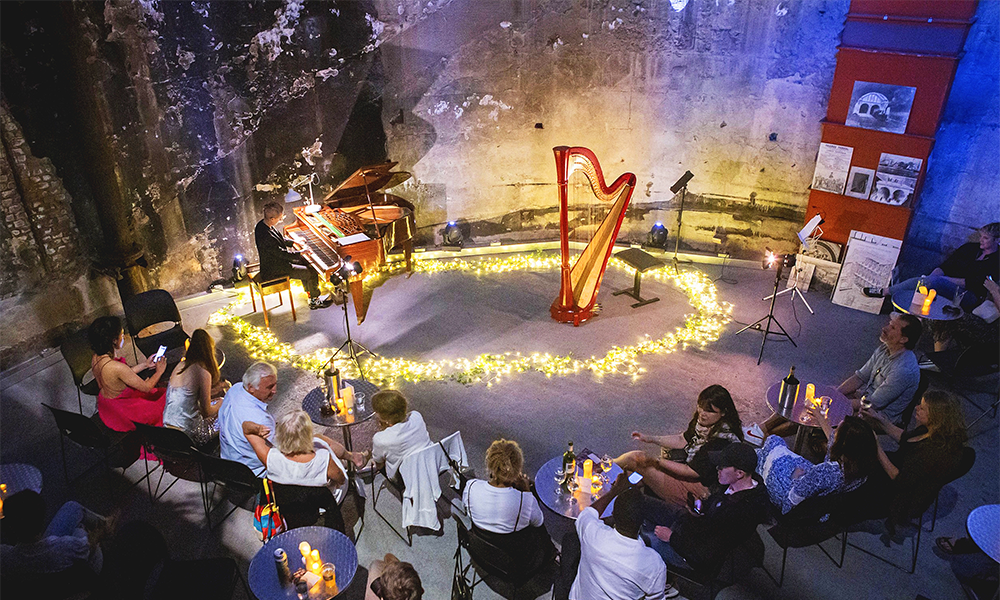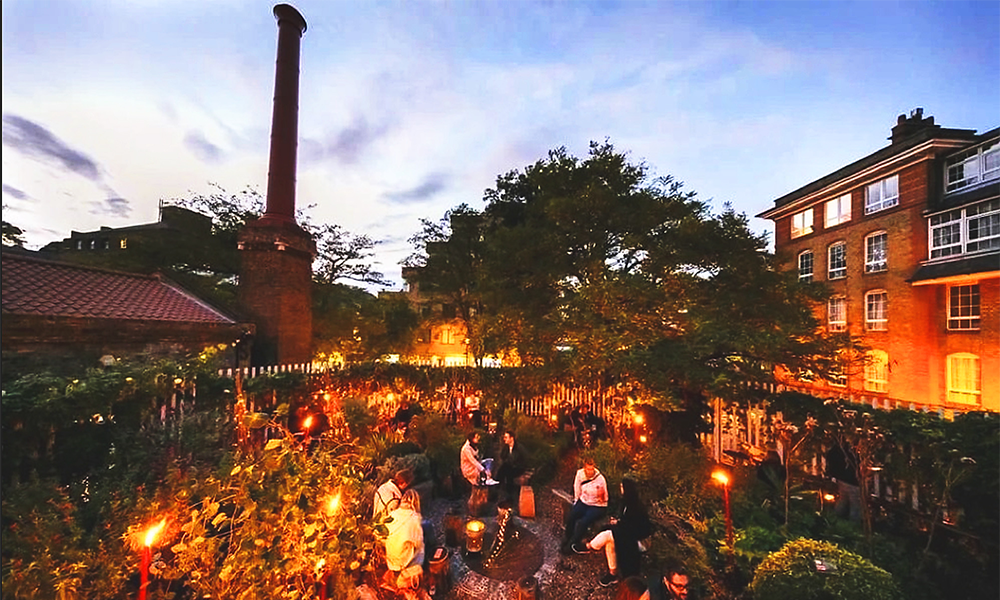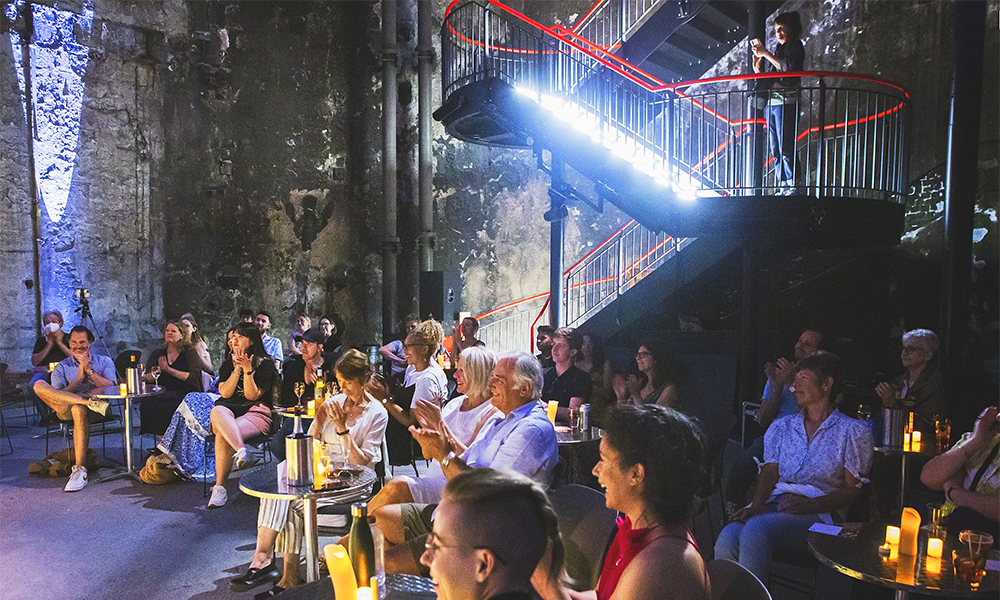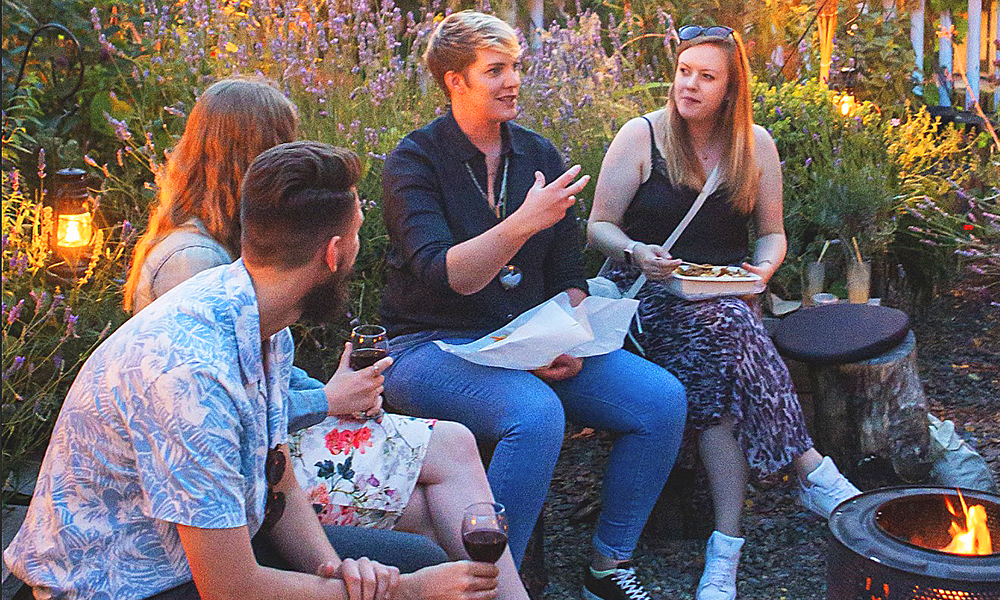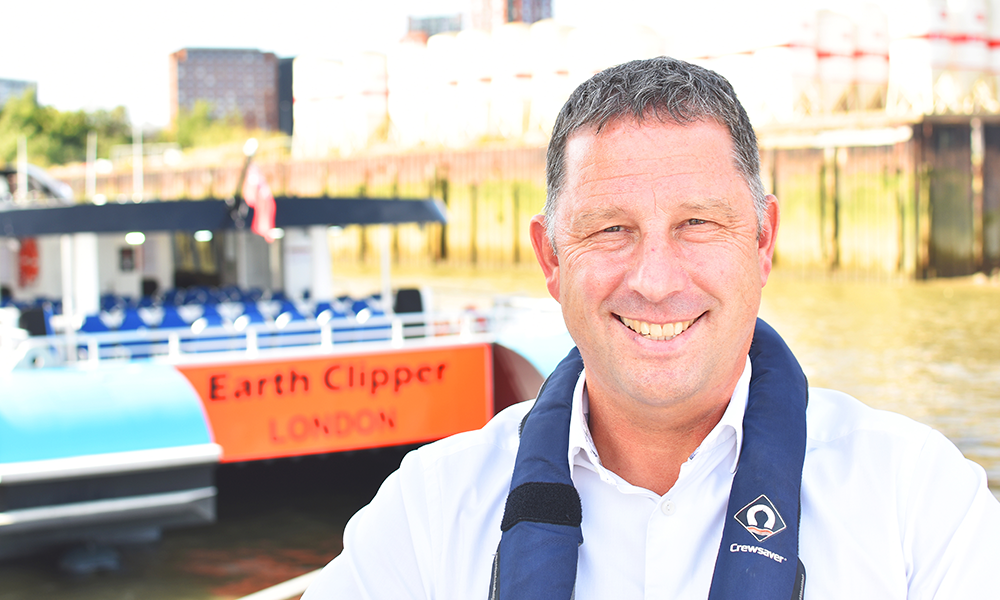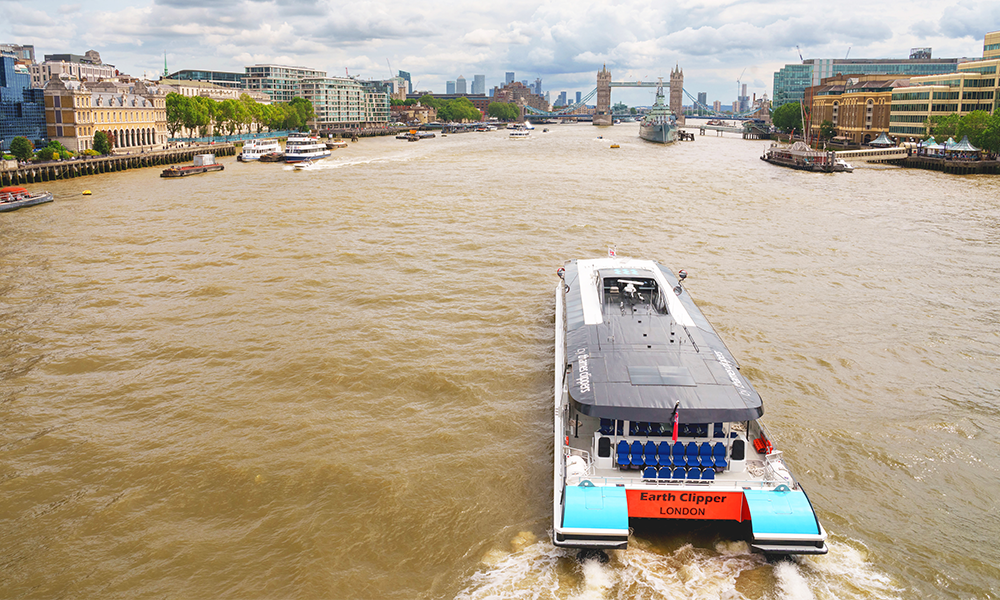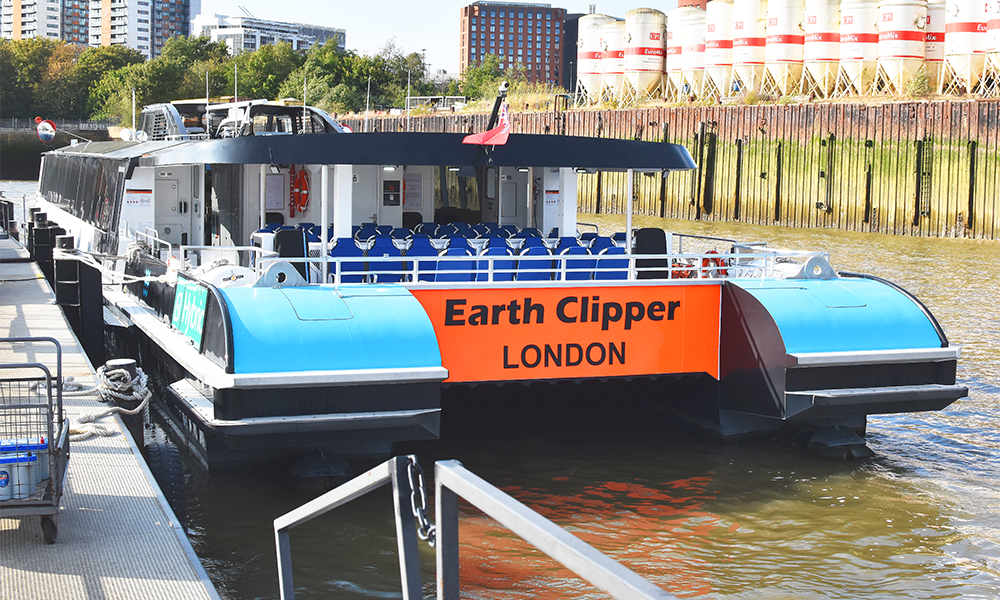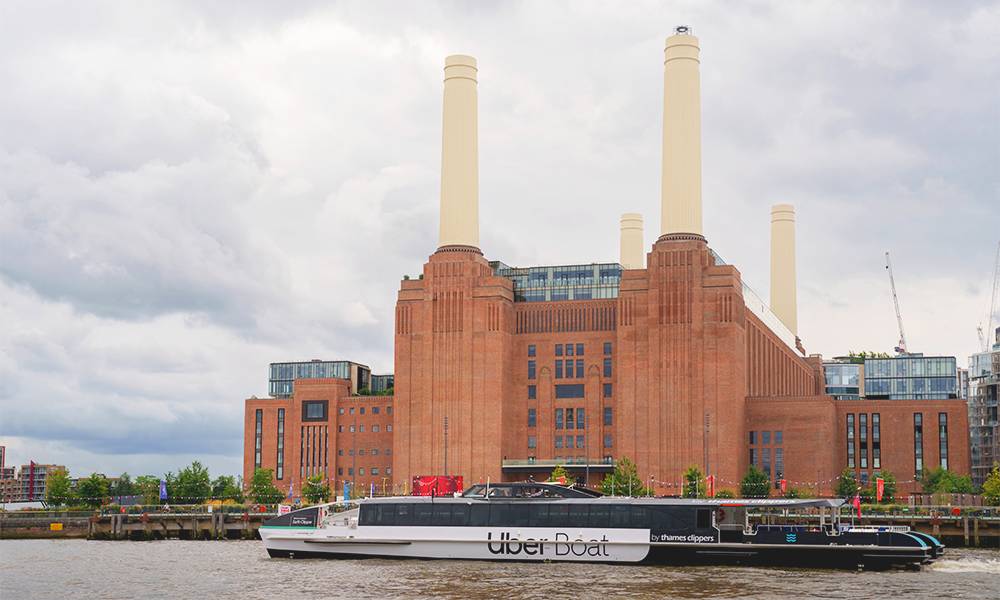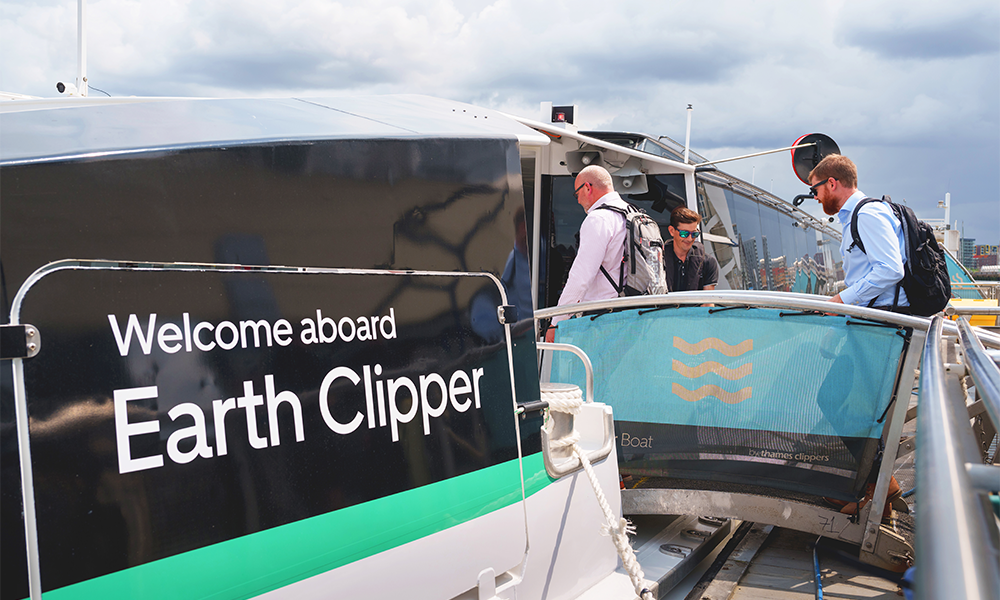Bakery business born of a lockdown hobby has ambition to turn full-time as success continues a Surrey Quay Shopping Centre pop-ups

Subscribe to our free Wharf Whispers newsletter here
Rita Law wasn’t intending to start a business in London.
Having decided to take a career break, she’d booked an Airbnb for a month in the city with the idea of studying drawing.
That, however, was in February 2020 – two weeks before the UK went into a nationwide lockdown as the global pandemic washed over the country.
While she had studied in Bristol some years before, she’d only visited London a couple of times and didn’t really know the city.

an unexpected stay
“I got stuck here because of the travel restrictions and my course was cancelled – to be honest, I started panicking a bit,” said Rita, who was born and raised in Hong Kong before embarking on an international career as an advertising producer in Poland and beyond.
“I’d only booked accommodation for a month because I thought I’d figure out which neighbourhood I’d like to spend time in later – but then I couldn’t find anywhere to stay.
“Eventually I found a place in Lewisham and lived there for the whole of lockdown.”
It was there, having found a new job in the UK in advertising, that Rita – like so many of us – started experimenting with baking.
She began with banana bread, sharing her efforts with friends and neighbours. Word started to spread.
“People loved it and started asking if they could order it,” she said.
“I didn’t know how to run a business or what the legal requirements might be, but that’s when I started to have the idea that maybe baking could be more than just a hobby.
“I wasn’t entirely thinking about it seriously at the time because I was still planning to return home but then I met my boyfriend and decided to stay.
“So, I was working full-time in advertising but I started to do some research into baking as a business and last year, in August, I launched Crumbs And Munch.
“At the moment I’m a home baker, working out of my kitchen in Canning Town.
“I was so nervous when the council came to inspect it, but I got a five-star rating.
“It’s been quite a journey. It’s really the positive feedback from my friends and family gave me the confidence to do it.”

digital sales for Crumbs And Munch
Initially selling her products online, Rita got her first taste of face-to-face sales at Thrive’s pop-up markets in Surrey Quays Shopping Centre.
“The first one was so good,” she said. “It was a real shock, because I didn’t think people would buy from a nobody.
“I wasn’t established, so I only brought a few trays of banana bread and a few trays of muffins and I expected to have a lot left over, but I sold out.
“That gave me more confidence to think I could do more, so I thought about scaling the business up and making it more presentable, as well as thinking about product development.”
Having started out specialising in banana bread, Rita has since expanded her range to feature brownies, muffins, stuffed cookies and more.
She aims to trial a new product every time she trades at the market, which is also where she gets her ideas.
“I love talking to my customers face-to-face, so that I can get inspiration,” she said.
“I spend a lot of time doing that and they make suggestions – I learn so much from them.
“It takes a week for me to work on a new recipe, to test it and make sure it’s a product I can make reliably and sell and then I bring it back to the market to try it out – I love that.
“It’s like I connect with the community and I’m baking for them.
“Nothing is baked more than two days in advance because it all has to be fresh.
“I also think I’ve identified a gap, it’s not that easy to buy banana bread but it’s often something people bake at home.
“I think that connection can be quite strong for my customers.
“People get that home-baked taste and the smell and recall their childhoods.
“It’s what grabs their attention when they’re passing.
“I also think presentation is very important, being from an advertising background. I really enjoy making my stall presentable, with all the products laid out.”

growing Crumbs And Munch
Having taken solid first steps with her fledgling business, the plan is now to embark on the next chapter.
“This is now the time to scale up and take on a more permanent site where I can connect with my customers more regularly,” said Rita.
“I know it will be a huge commitment – having a stall at an indoor market – but I’m excited to start working on it and I’ve already submitted an application for a pitch at Greenwich Market.
“Beyond that, in the future, I’m very interested in establishing a community hub where I can bring together baking with storytelling.”
In addition to finding a more permanent place to trade, Rita is also looking at moving her operation to a commercial kitchen so she can ramp up to full-time production.
The impetus, however, is the way her bakes make her customers feel.
“I’ve already bought an extra fridge, but you can only do so much in a home kitchen,” she said. “So I have that ambition.
“Selling these products on the market actually feels quite emotional for me sometimes – the people buying them are trusting me and I’m so glad they like them.
“I do feel overwhelmed at times with the positive feedback.
“It feels like I do a little magic and people really enjoy my stuff.
“Hopefully I’ll be able to take this business full-time in the second half of this year – that’s what I’m planning for.”
key details: Crumbs And Munch
Crumbs And Munch currently sells its products online and in-person at Thrive’s monthly pop-up markets at Surrey Quays Shopping Centre.
The next few are set to be held on May 31, June 28 and July 26, 2025.
Find out more about the bakery business and order online here
Read more: Lina Stores is set to open its doors in Canary Wharf




